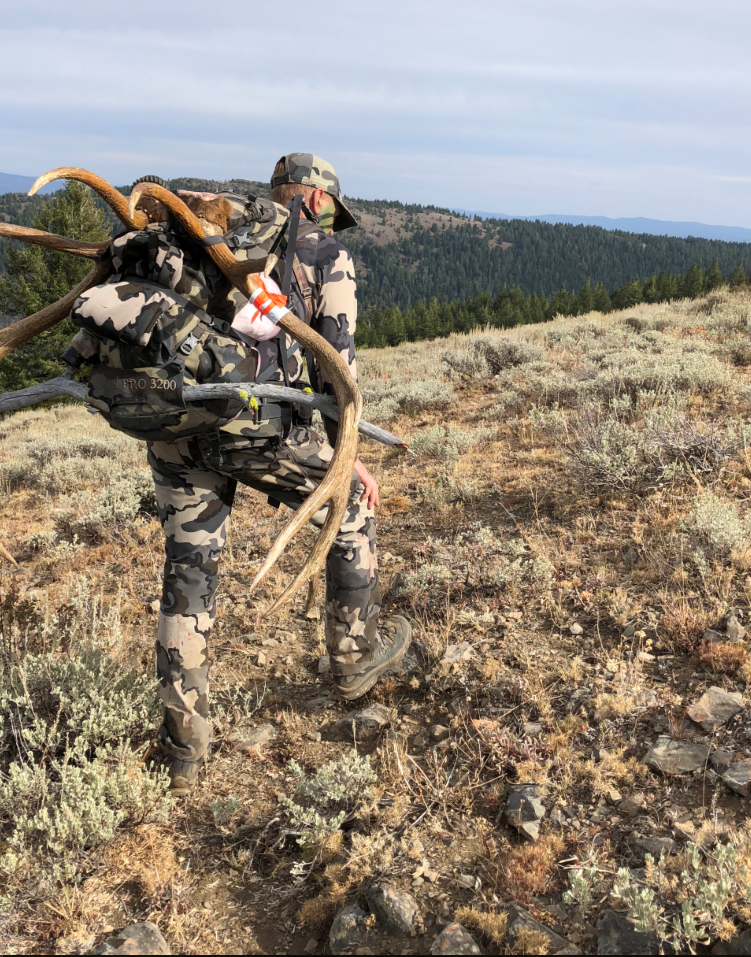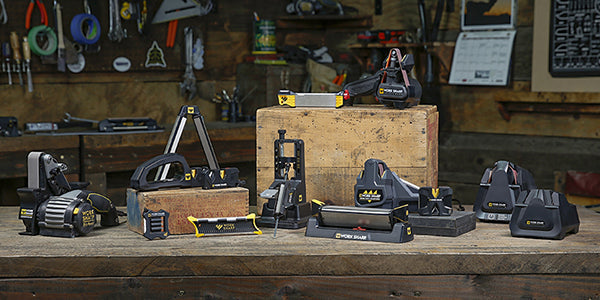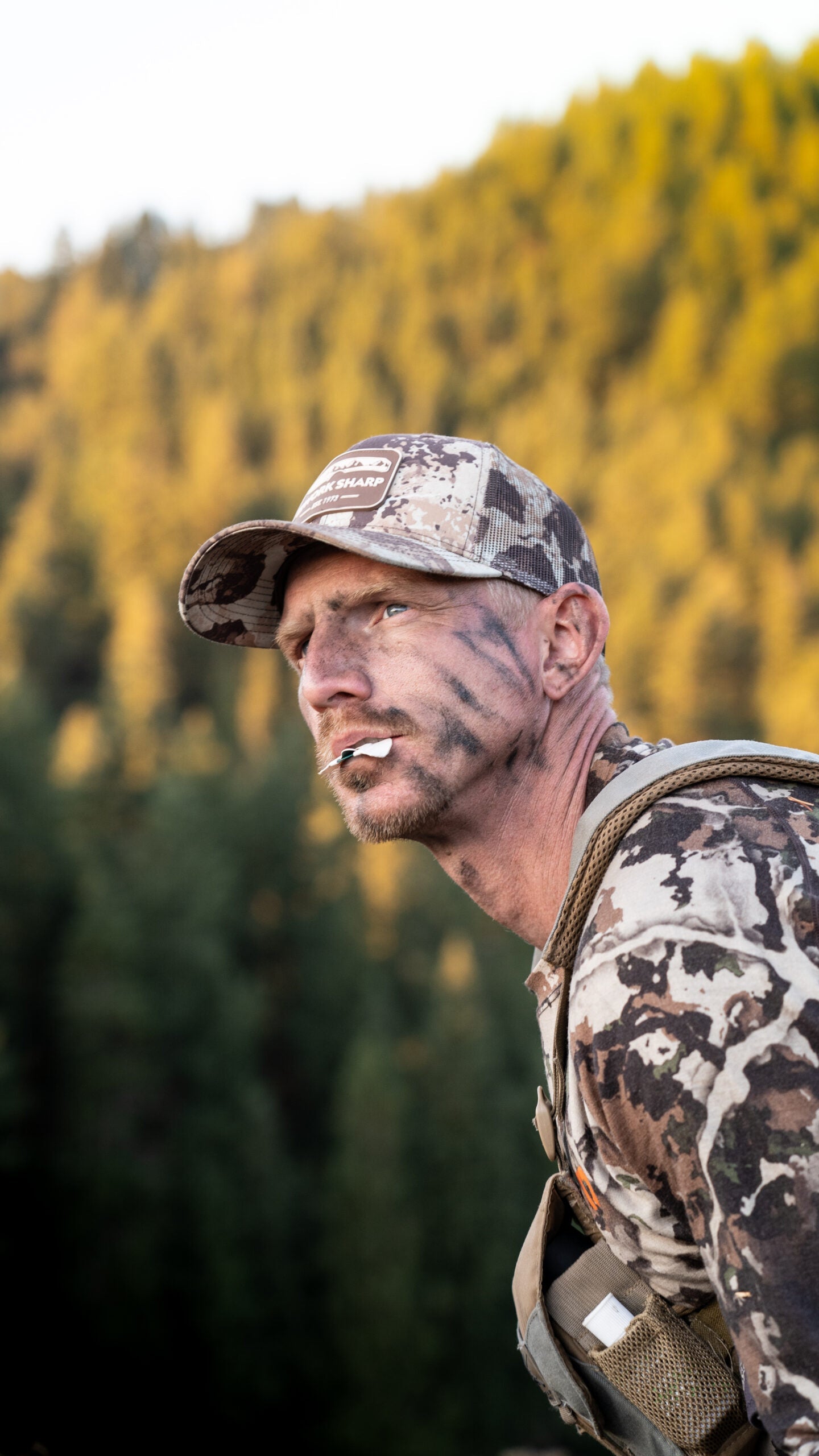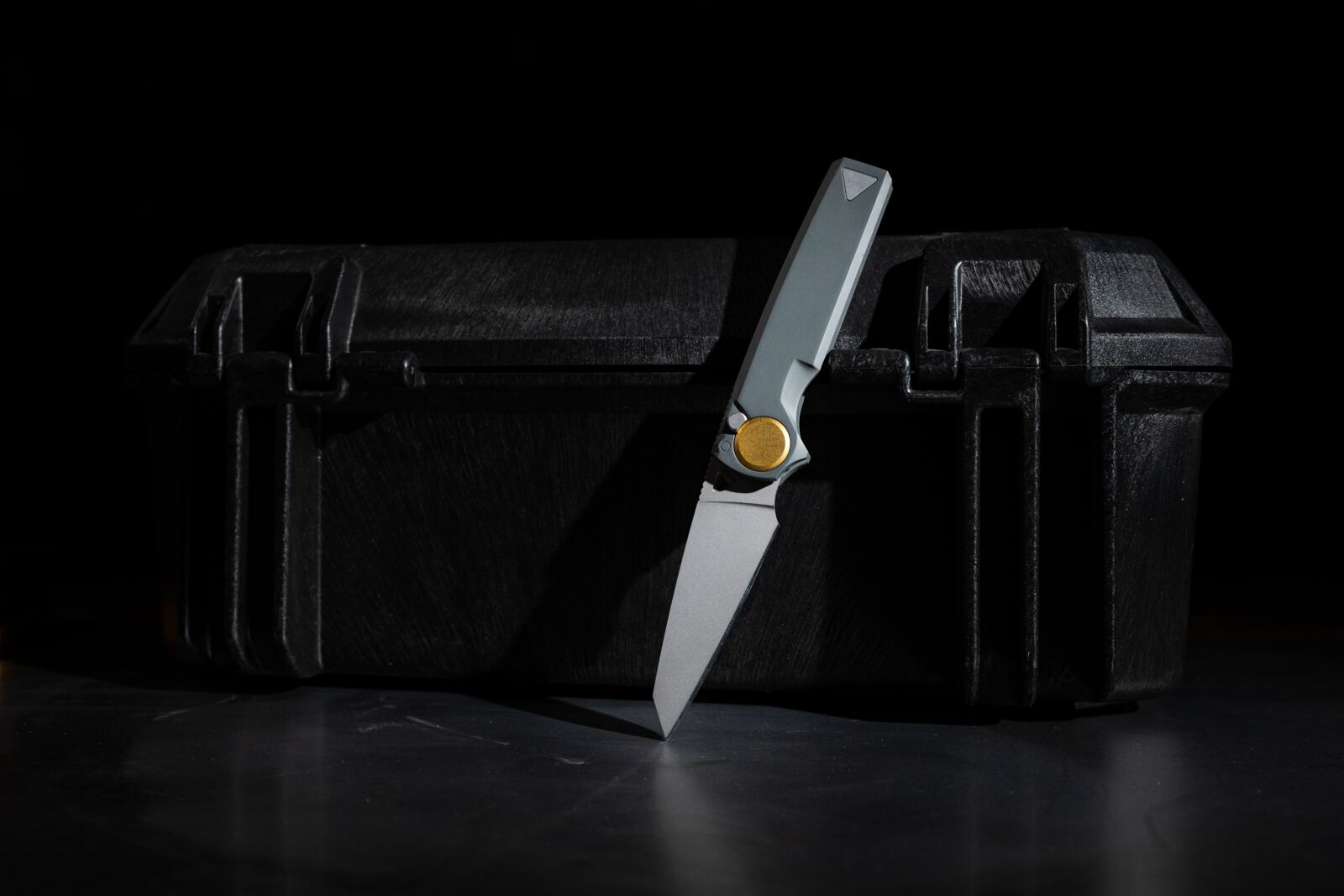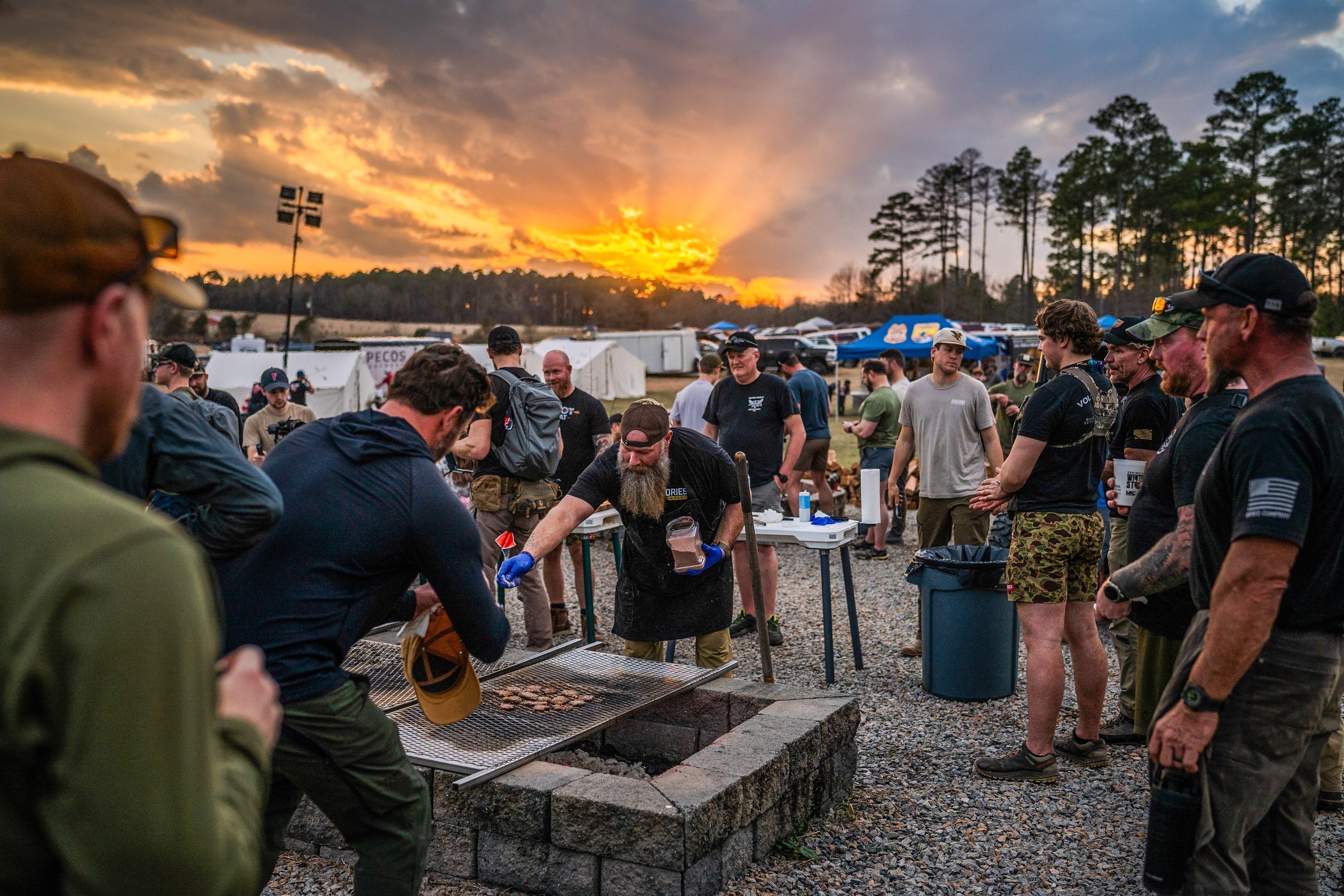Preparedness
The morning was windy and I started hiking up Mahogany Mountain thinking it would be a tough day. Wind is not always the bow hunters’ friend as bugles don’t carry very far, the wind swirls in all directions, and the creak of every tree swaying in the wind makes elk nervous. I hiked up the long way so had time to come up with a strategy for keeping my face in the wind. About half way up, I heard a distant bugle and was certain it was higher on the ridge I was on and in the next big saddle. I hustled to get to a better listening spot. Sweat was dripping from my hat as I rested in small saddle when I heard the bugle again but it wasn’t above me, it was on the opposite side of the draw on another ridgeline. There was a small, prominent knob where the elk seemed to be located, which meant I would have to drop downhill and hike up the other side hiking uphill underneath them. But wind would be blowing at my back carrying my scent up to the elk, so my only option was to circle the knob and attempt to come in above them with wind in my face. I’d have about a 45-minute hike and I was worried the elk might move by the time I got there.
The top of the knob was rocky and steep and I had come around a little too high. I could finally hear the bull bugling again as it had been silent on the backside. Thank goodness he was still there! I dropped downhill slightly and found a game trail that was soft dirt so my stalk around the hill was pretty quiet. As I crested a little rise, I looked down the other side to see a cow elk feeding slowly sidehill at about 50 yards. And, just above her a spike bull became visible and he was even closer. The cow fed around the hill and I figured the spike would follow her around, but I needed to move forward about 10 yards in order to have a chance to shoot. Every time the spike put his head down to eat, I would take a couple slow steps forward and after about 10 minutes I was in position. My heart rate was steadily on the rise because I felt there was an opportunity to shoot. The big bull was bugling away downhill about 100 yards and cows moving everywhere. It seemed as if I was finally in perfect position.
The spike was still moving my way and now was behind a wall of mahogany between us. I could barely make out his movement through the gaps in the mahogany. Each time I’d see movement, I started putting pressure on the string. Drawing my bow too soon could have meant he’d see me, or I could have been holding my drawn bow too long. My heart was in my throat now! Finally, after about 20 minutes, he made a decisive move to walk through the opening, I came to full draw, settled the pin, and “thwack!” May arrow hit pay dirt right behind the shoulder after a short flight of 18 yards. He ran about 30 yards downhill and staggered to his finally resting spot just 50 yards below me. I just sat back on the hill and let the rush come over me; what a stalk!
I wanted to wait at least 20 minutes before I went down to the spike, so I got out my water and snacks and sat there taking in the moment. The herd never did spook so elk were nearby. After about 5 minutes, I could hear some cows calling behind me and the crack of breaking sticks seemed to be coming closer. Suddenly, another spike and three cows appeared and walked within 15 yards of me! They moved around the hill and the herd began to move further away, but just as I started downhill to the spike, something else was coming my way from where the herd had just been. There, about 25 yards away, a nice 5-point bull walks into an opening, sees me, and runs uphill above me and stops about 35 yards away. I couldn’t believe it!

It was a big bodied spike and I was excited as it would be great table fare. I pulled out my sharp knives and started skinning. It’s a lot of work to quarter an elk by yourself, but I was prepared. I kept my knife sharp with my Guided Field Sharpener and so every cut was smooth and easy. My brother Ron called me on the radio at about 10:30 am and he and my nephew Boone started my way. After about two hours I had the elk cut into quarters, placed into game bags, and ready for packing. The guys showed up about noon and after telling them the story and showing them where it all happened, we strapped the whole elk on our backs and headed down the steep hill to make the mile and half trek through the woods to the rig. Cold drinks in the cooler were a welcome sight!
The following day I hunted with my nephew Boone and we were close to some elk but he was unable to get a shot. Ron had little luck that day, so he wanted to hunt in our other favorite spot we’ll call “Lightning Ridge.” Boone had to return home that evening so Ron and I headed out early the next morning.
Lightning Ridge is a 4-mile-long ridgeline with two large drainages on either side with multiple smaller draws and ridges perpendicular to the main ridge. It’s a big area with no roads and trails. Ridges and draws here are perfect for elk as there are bedding areas, open meadows, and scattered timbered. We hunt Lightning Ridge many different ways, but every hunt starts with a steep climb up what we call the Hill of Pain (also a story for another time!). We parked our pickup and immediately started the climb up the Hill of Pain to get on the ridgetop in the dark.
Click HERE for the third part of Richy's adventure, and find out how the hunting journey ends with another close encounter with a bull.
Click HERE to learn about how prepardness plays a role in the Work Sharp brand.

